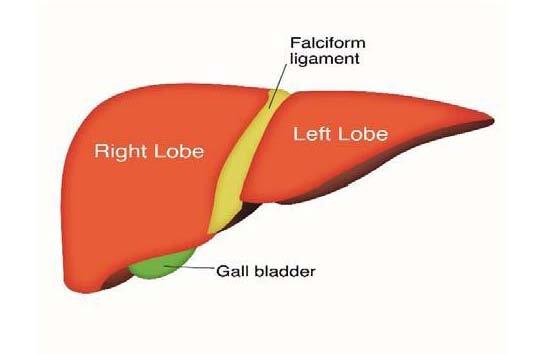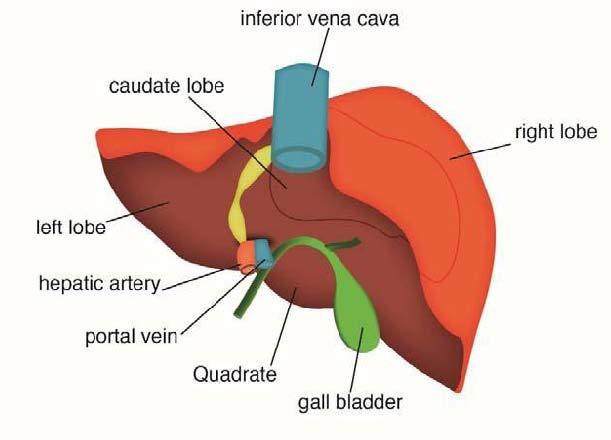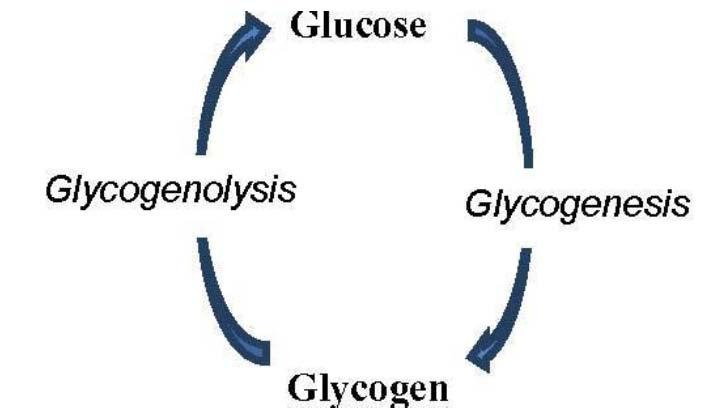Essentials of Anatomy and Physiology for Nursing Practice
Student Resources
Answers to Revise Questions
List and briefly explain the functions of the liver.
Ans: Metabolic functions
Carbohydrate metabolism:
- Glycogenesis: stores excess glucose as glycogen.
- Glycogenolysis: release of glucose from glycogen.
- Gluconeogenesis: forms new glucose from protein and glycerol (from fat).
Protein metabolism:
- Deamination and urea formation from excess amino acids.
- Transamination: nitrogen transferred from one amino acid to another to form an amino acid that the body needs.
- Protein formation: plasma proteins essential in plasma formed including albumin, globulins (blood clotting factors).
Lipid metabolism:
- Anabolism: produces triglycerides, forms cholesterol for steroid and hormone synthesis, synthesises lipoproteins.
- Catabolism: triglycerides used as energy source when needed, cholesterol removed for excretion as bile salts and sterols in bile.
Bilirubin metabolism and bile production:
Bilirubin from haemoglobin breakdown is converted into water soluble molecules and secreted into bile, stored in the gall bladder and then released into the duodenum where it enables digestion of fats and fat-soluble vitamins
Drug metabolism
Hormone synthesis and deactivation:
- Synthesises cholesterol – basis for steroid hormones, and helps to activate vitamin D.
- Deactivates most hormones using the same mechanisms as for drug metabolism.
Storage functions
Liver stores:
- Glycogen (i.e. glucose)
- Fat soluble vitamins A, D, E and K
- Some water soluble vitamins (e.g. B12)
- Trace elements (e.g. iron and copper)
Immunological functions
Helps to protect the body through different mechanisms including: production of acute phase proteins; Kupffer cells; tissue repair.
Draw an outline labelled figure showing the anterior and posterior structure of the liver.
Ans: Anterior

Posterior

Describe the blood supply of the liver.
Ans: Approximately 1,600 ml (25% of cardiac output) of blood enters the liver every minute, from:
- The hepatic artery (25%), branches from coeliac artery, oxygenated blood.
- The portal vein (75%), from GIT and pancreas, nutrient rich.
Hepatic vein drains into the inferior vena cava.
Briefly explain catabolism and anabolism.
Ans: Anabolism – building up molecules.
Catabolism – breaking down molecules.
How is energy stored and released in the cells of the body?
Ans: Energy is created from the catabolism of nutrients and stored in the form of ATP (adenosine triphosphate), which is formed from ADP (adenosine diphosphate) by the addition of a phosphate group with energy stored in the high energy bond.
When needed for anabolic reactions, it loses a phosphate group and the energy from the high energy bond is utilised.
Outline the major pathways for energy formation.
See Figure 9.7 Outline of major nutrient metabolism and energy.
Ans: Major pathways include:
- Breakdown of glucose to water and CO2 with ATP production through the glycolysis pathway and citric acid cycle in the presence of oxygen.
- Proteins are broken down to amino acids which are deaminated to form glucose – gluconeogenesis
- Fats are broken down to glycerol and fatty acids. Glycerol is converted to glucose. Fatty acids are catabolised through lipolysis and beta oxidation of fatty acids to form ATP.
Briefly outline the main pathways of glucose metabolism.
Ans: Glycogenesis and glycogenolysis: glucose is converted to glycogen for storage which is broken down to glucose again as needed for energy.

- Glycolysis: breakdown of glucose in the absence of oxygen to produce limited amount of ATP (Figure 9.10).
- Gluconeogenesis: formation of new glucose from amino acids or from glycerol from fat breakdown.
Briefly describe the four levels of protein structure.
Ans:
- Primary: simple chain of amino acids
- Secondary: the shape the chain folds into: usually β-pleated sheet or helix
- Tertiary: secondary structure falls into shapes determined by hydrophobic (water repellent) side chains in the centre of a protein molecule
- Quaternary: when more than one tertiary proteins link together to form a final active protein
See Figure 9.13.
What are the three main groups of lipids and their main functions?
Ans:
- Triglycerides: main storage form of fat. Major source of energy for body function
- Phospholipids: important in structure of cell membranes. As lipoproteins they are carried around the body in combination with proteins
- Steroids: as cholesterol they are the basis for steroid hormones (e.g. oestrogen, testosterone)
See Figure 9.14.
